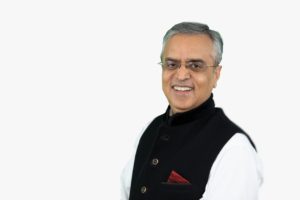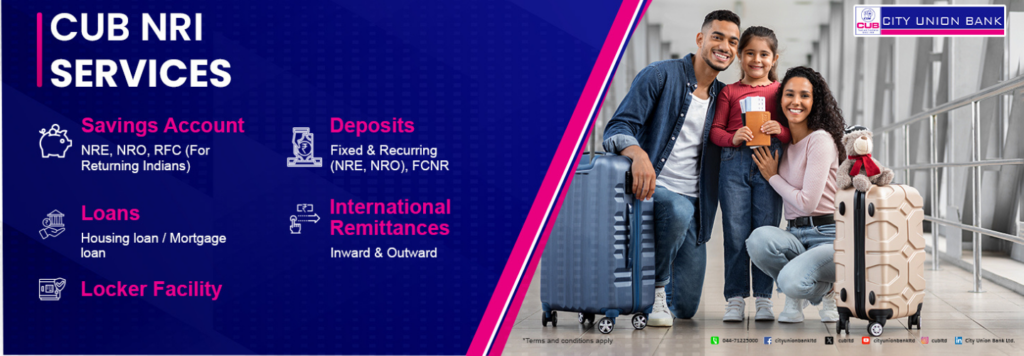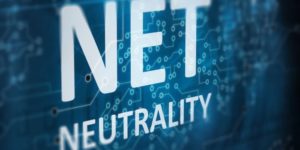“The cultural shift during the lockdown has made enterprises more open to digital transformation. And the trend continues.”
For Msys Technologies’ Sanjay Sehgal, it’s all about being an inclusive leader. With employees, customers and business continuity being his top three priorities today, he talks to us about his journey as a serial entrepreneur, and his plans for expanding Msys into Far East and Europe in the coming years.
This article is published as part of IT/ITeS 100, a collection of articles we’re publishing through interviews and conversations with CEOs, founders, CTOs, CMOs, CIOs and senior management leaders in the Information Technology/Software industry in India.

In 2020 and 2021, while the uncertainty around coronavirus put a lot of small and mid-size businesses through turbulence; mass layoffs, lack of funding, revenue losses etc., it also made them realize the need for technology and digital transformation to keep the wheels of their businesses turning. A pandemic is not something that the world was ready for, but like or not, it enabled a rapid transformation on how work gets done. Companies realized the importance of remote work, flexibility, data-driven decision making, better approaches to people management, criticality of digital transformation and automation – the list could go on.
Why? Because technological advancements and digital transformation have given that leverage to companies to move from BYOD practices to remote access, while securing data and communication; what Sanjay Sehgal, Founder of Msys Technologies, calls a cultural transformation.
“The technology is here, but what was lacking prior to the pandemic was the willingness to adopt it. This lockdown has brought about a cultural shift in enterprises who are now more willing to explore bringing digital into their business,” he says.
Dabbling in technology is not something new for this serial entrepreneur. The companies that he ran, from iVivity and AMI, to Scentric, all of which operated in the storage networks space, taught him numerous lessons on product engineering, fund raising, acquisition, and leadership over the years.
He believes that the lessons he learned and unlearned have helped him take steady strides in his current venture, Msys Technologies, which designs, develops, and manages core modernization and digital transformation for ISVs and enterprises.
Today, the company has a presence across India and the United States. It was also recognized as one of the Red Herring Top 100 Asia Winners in 2019. With a handful of acquisitions, and expansions into Far East and Europe lined up, Sehgal hopes to build Msys as a global leader firm in product engineering in the near future.
In this chat with us, Sanjay Sehgal shares with us insights pertaining to the interesting lessons he learned through this entrepreneurial journey, the pandemic strategies he is adopting to drive business-from-home, and his passion for Heartfulness.
What was the vision when Msys Technologies was founded, and how has it evolved since?
I had founded a few storage startups prior to Msys and I found that there was a dire need for product engineering services, especially for startups and mid-size companies. At the time, I was already running a venture, so a friend from the services industry founded the company, and I signed up as his customer, and even helped him acquire other customers. Eventually, I got into the venture full-time, and we have grown steadily since then.
What were your top priorities as the CEO of Msys during the pandemic? What lessons can you share here?
Employees, customers, and business continuity.
Within a week of the lockdown being announced, we ensured that our employees’ safety and productivity was taken care of. For example, some employees were travelling overseas and could not return immediately, so our responsibility was to take care of their families, and ensure that all their essential needs were met. On the productivity front, it is understandably challenging for those who live in small apartments and can’t move out and interact with others. To ease their burden, I started having regular calls with our offices and team members, and shared positive news and ideas to manage their time better.
With customers, we (our sales team and I) reached out to every customer to assure them that we were actively pursuing business as usual. It was also a means for us to get a pulse of their business. Normally, I don’t talk to every customer so often, unless it is a quarterly business review meeting, especially with some of the larger businesses. But, during the pandemic, we wanted to take this step so that we could also plan ahead. While some were losing business and went on a hiring freeze, the stimulus package (for companies in the US) helped them stay afloat. In fact, we haven’t lost a single customer since the pandemic.
On the business continuity front, we did face some challenges in the first couple of months. For example, if some project had bandwidth issues and we had to onboard new members with proper setup, we couldn’t do it because everything (shipping, transportation etc.) was shut down in the first three months. But, by mid-May, as lockdown restrictions eased, we picked-up and business resumed as usual.
How did you achieve zero customer churn, new customer acquisitions, and a strong hiring strategy during this pandemic?
While business was slow until May, in June, we actively started seeking out customers. We reached out to the sectors that were performing well, like retail, ecommerce, and telecom. Since technology is what is keeping the world running now, we started focusing on such companies and closing deals. In fact, we were able to close deals quicker than otherwise, because companies were looking for ways to develop newer software to run business in the remote era.
In the coming period, we are planning to acquire a few companies that operate in the ‘service space’ but are complementary to our business.
What is your acquisition strategy?
Our first few acquisitions were through a common client. Since we knew them, we courted them, built a relationship with them, and eventually acquired their business.
As we scale our business, we have hired specialists for acquisition in India and the U.S. today. What we look for are businesses that complement our suite of services. Despite being a mid-sized company, we have often found ourselves competing with the larger businesses like HCL, TCS and Wipro, because we have a large stack coverage in software. What also differentiates us is, we tell our customers that in a company like ours, they will know where the CEO lives. This is not necessarily the case with the larger companies, because (startups and mid-sized companies) will become the fish in the ocean, where VPs will fly down to close a deal, but don’t pay attention to the (smaller) customers’ needs after that.
What are some promising areas in digital technology space?
Firstly, data science holds a lot of potential. For example, although New York was one of the most affected States during the pandemic, using data science, it was able to determine how many beds and PPEs they needed, and predicted virus hotspots. Today, they are in a much better position than most of the other states because they were able to analyze and predict what they needed, and where.
I strongly believe such things (as a pandemic) will happen again, and we will owe it to the future generation to be better prepared. Part of the preparation is going to be data science.
Where do you see Msys three to five years from now?
We plan to grow both organically and inorganically. In terms of acquisitions, we are looking to acquire four to five companies. In terms of footprint, we are setting up an office in Hyderabad, India. Globally, now that we have a strong presence in the U.S., we plan to expand to Far East through our small office in Vietnam, and eventually enter the European markets.
We feel that technology is here to stay. It is going to play a significant role in helping the world sustain itself, and companies like ours will have a huge role to play in this.
The one big question in all hiring interviews
More than the skills required to do the job, I look for someone with leadership skills. This is not just required for someone at the CXO level. Their leadership skills determine how they lead themselves and how they lead their life.
For example, the first trait I tend to notice in a leader is if they are able to take ownership for their mistakes and be open to change. One should have the ability to recognize their mistakes or shortcomings without blaming others and learn from it. This trait is not something we see in everyone.
Key lessons from earlier ventures
In one of the companies I had founded, I got an offer for a certain valuation for acquisition. At that time, I, along with other co-founders decided to turn down the offer and wait. We subsequently sold the company after a year, but the first offer we got was a lot more than what we eventually settled for. One of our board members, who was a wise sage, taught us a very important lesson; the first offer is often the best one. Today, I am on the board of many startups, and I advise many entrepreneurs, and I have seen that this is true.
The second biggest lesson I learned was to be an inclusive leader. As entrepreneurs and CEOs, we often take pride in donning multiple hats and doing a large portion of the work by ourselves. But, today, it’s about being inclusive; finding success in those around us, and empowering them to do things, rather than doing it all by ourselves.
The best advice for entrepreneurs
Midway through my first startup, I got some great advice from my mentor. He said, not everybody can get a Kohinoor or diamond. Adopt a strategy like a string of pearls.
What he meant was, the moment we turn entrepreneurs, we tend to aspire for a billion-dollar valuation, or to build a billion-dollar company. But not every entrepreneur is going to walk down that path. If value is what you are looking for, then many successes in life will add up to that value that you aspire for. Although It has been over a decade since I was given this advice, it is something I still live by.
Personally, none of my ventures have been a Kohinoor, but I am happy about how everything has turned out. Living life with no regrets has been a personal mission statement of mine.
The Remote CEOs Lockdown Routine
My day begins with 30 min Heartfulness meditation followed by a 2-mile run in the morning which ends in some stretching and cross-training rounds. Then, I follow it up with calls to my teams in India and the US followed by some customer calls. A new habit I have picked up is reading or rather listening to books. I have completed several audiobooks and online courses during walks and run. In the evening, I go for a walk and host a couple of meditation sessions every day.



